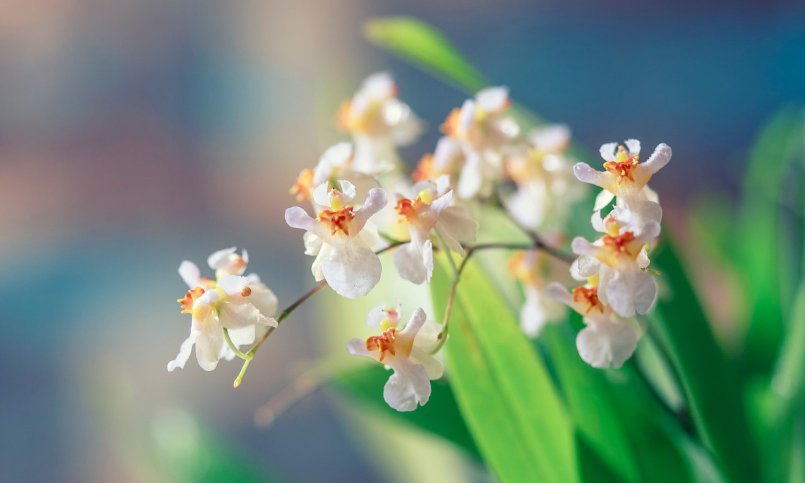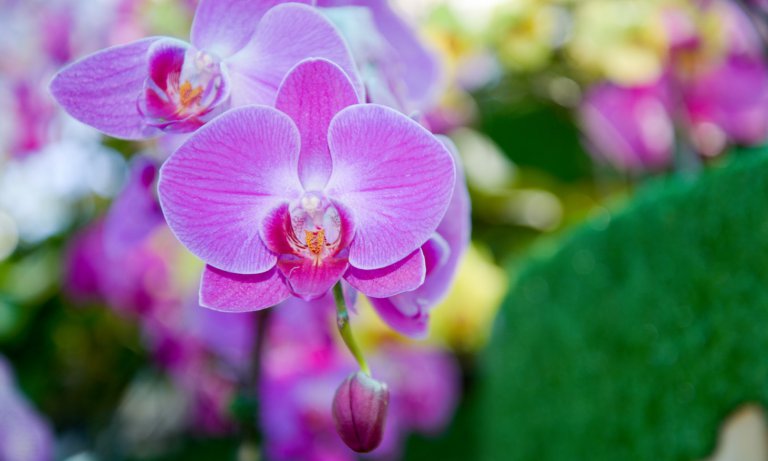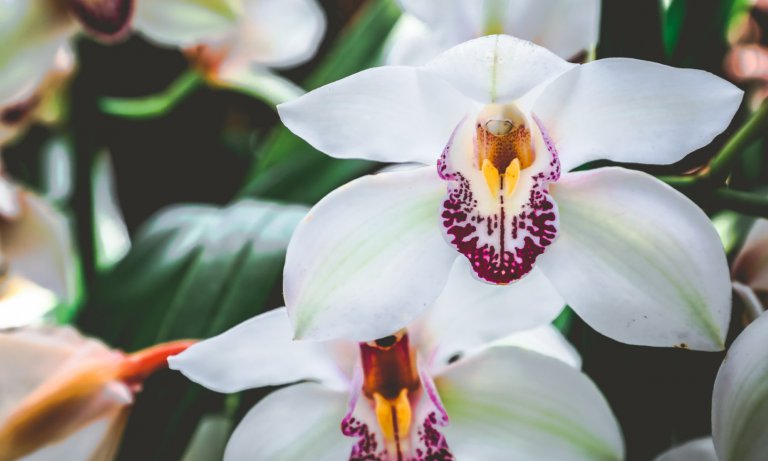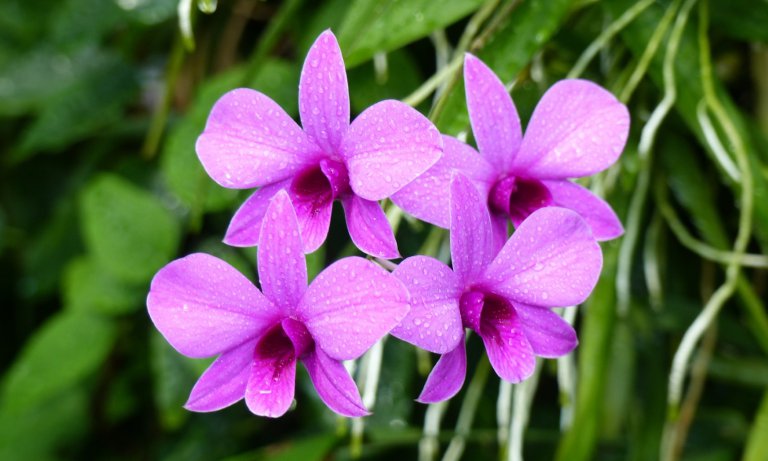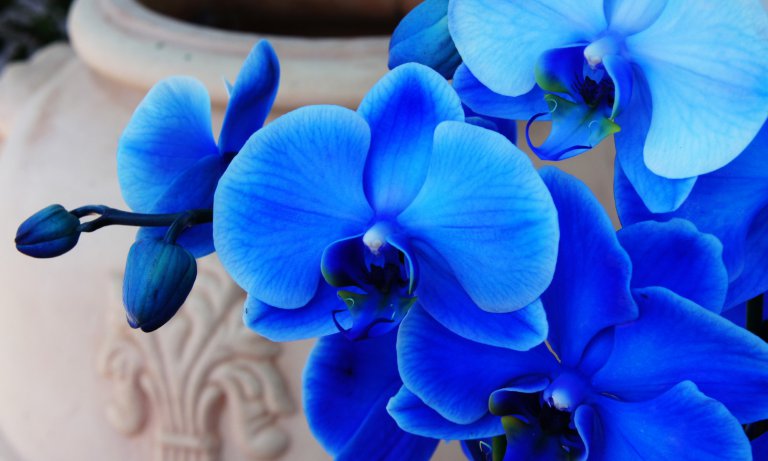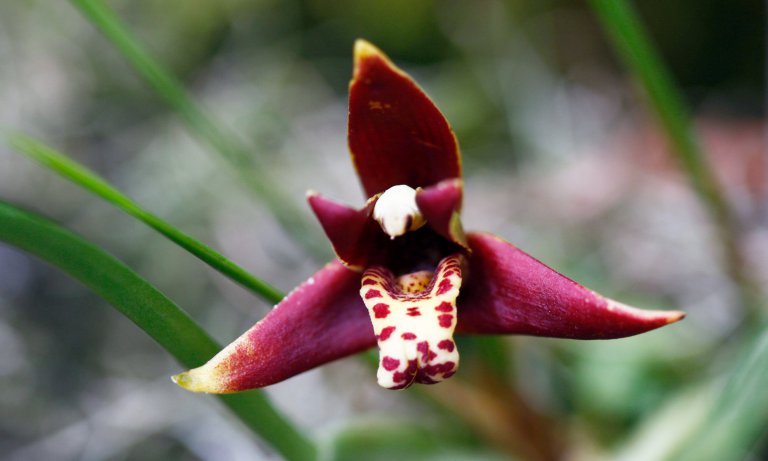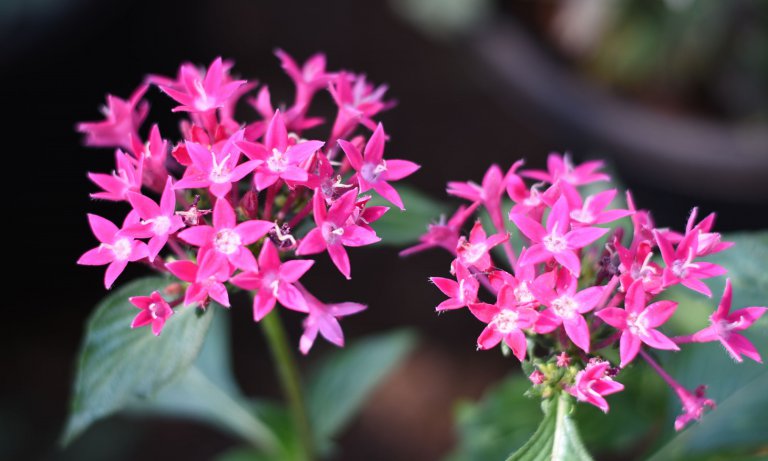The orchid craze is here to stay.
Orchids are beautiful, delicate, and elegant flowers. They brighten any home, and all orchids owners know the hard work they require is well worth it.
In this article, we focus on mini orchids, explaining everything there is to know about what they are, and how best to care for them.
What is a mini orchid?
A mini orchid is one that belongs to a species with smaller flowers. While they do belong to the same broader category of orchids, there are only a couple of species that can be characterized as ‘mini’.
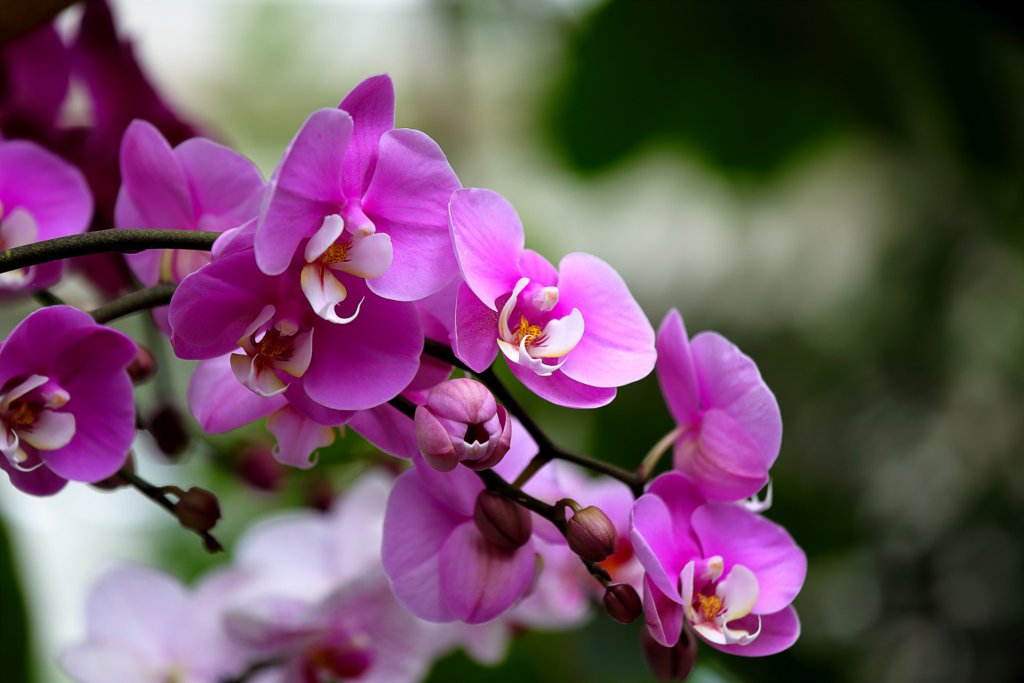
As a general rule, these species never grow to be as big as full-sized orchids, as it is in their genes to be on a miniature scale. That’s because they are not baby orchids, but a whole different species.
Some orchid species have been selected by gardeners to be ‘mini’. But mini orchids also occur naturally in the wild in many parts of the world. The world record for the smallest orchid is currently held by Platystele Jungermannioides, whose flowers are so small and thin you can see through them!
Types of mini orchid
There are hundreds of different kinds of mini orchid, but you’ll usually only be able to find a few of them in general garden stores. Be careful: some names describe a species of orchid, while others are just a generic name for a mini orchid.
For example, the names ‘dwarf orchid’ or ‘darling orchid’ tells you nothing about the actual genus of the flower that you are buying. This is just a generic name for a mini orchid, which encompasses dozens of different species of varying colors, shapes and sizes.
When purchasing a mini orchid from a garden store, make sure to ask the owner for the name of the plant, so you know a bit more about what you’re purchasing.
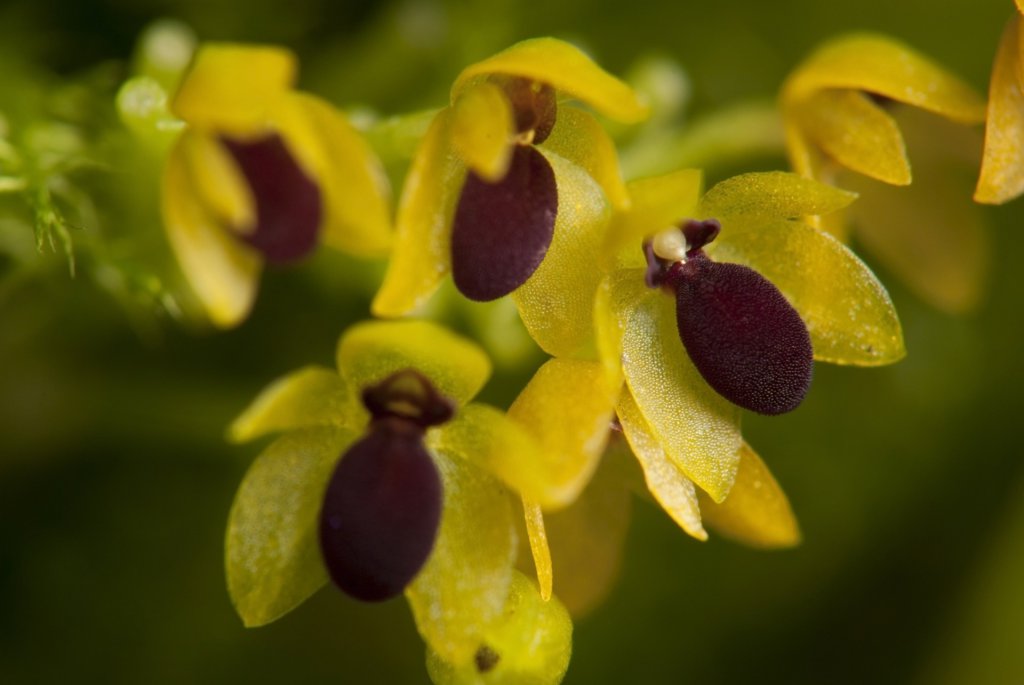
Here is an overview of the most popular mini orchids out there:
- The Dracula orchid is one of the most striking species out there. Its delicate geometrical shape and stunning, dark colors make it stand out as an aesthetically pleasing flower.
- Pleurothallis orchids don’t have your average orchid shape. They are beautiful flowers that can grow dozens or even hundreds of flowers all at once, for a particularly impressive arrangement.
- Lepanthes orchids are mini orchids that are naturally found in the wild. They exhibit beautiful yellow and orange flowers.
- A Platystele orchid is one of the tiniest ones you can get your hands on. Its flowers are so small they are difficult to observe with the naked eye, and they’re so thin that the light shines through them.
- Masdevallia orchids are thin and eery looking with their pointed, elongated flowers. Truly a show-stopping piece for your garden!
How to Care for a Mini Orchid
If you already know how to care for a regular orchid, you’re well on your way to be a great mini orchid owner. However, there are also a couple of specific things you need to keep in mind when growing mini orchids.
The Basics
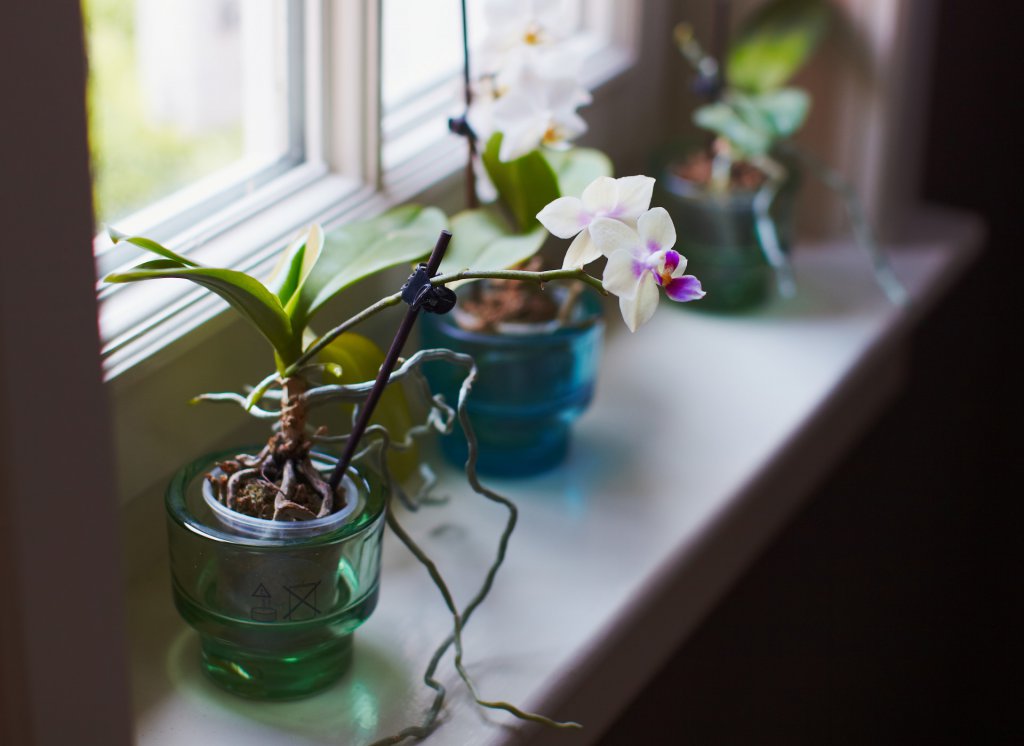
First, let’s go over the basics of orchid care. Like full-sized orchids, mini-orchids prefer indirect sunlight, and do better in a humid environment. Avoid exposing them to harsh cold or hot temperatures, and make sure to water them a bit each day.
Blooming
The blooming cycle of a mini orchid is very similar to that of a regular orchid. This means that they need trimming after the final rebloom, for them to be able to bloom again. Don’t be tempted to skip this step; it is essential to keep your orchid blooming year after year.
Watering
Like a full-sized orchid, a mini orchid should be watered regularly, and in moderation. They do best with small quantities of water administered each day or every other day, preferably at a regular hour.
With mini orchids, the emphasis should really be on minimizing the amount of water that you give, failing which you might well see the roots starting to rot soon. Depending on the size of the pot, you should aim to allow your mini orchids 1 to 3 tablespoons of water a week. Yes, that’s only a few drops a day!
Choosing the Right Potting Mix
The best potting mix for a mini orchid is sphagnum moss, which is easily found in any garden shop.
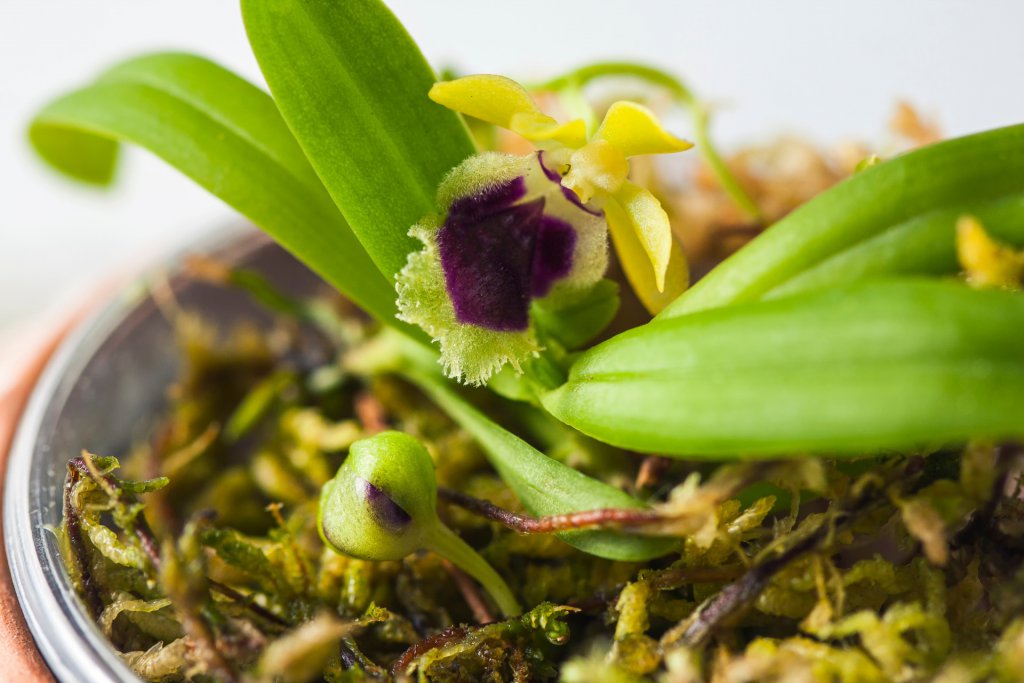
Avoid using the same bark-based mix that you would use for a regular orchid, as the bulkiness of the bark pieces is inappropriate for the mini orchid’s size.
Remember, mini orchids are small, and everything around them needs to be too. Use smaller pots, smaller-grained potting mulch, and smaller quantities of water with them, and they’ll thrive.
Feeding
You can use the same orchid fertilizer which you would use on a regular orchid on your mini orchid.
But again, make sure to lower the quantities as appropriate. This might mean using about 3 times less fertilizer on your mini orchid as the recommended dose for a full-sized one. Use your own discretion and remember, less is more!
Repotting
Mini orchids need to be repotted when they start growing too big for the pot that they were initially placed in.
However, don’t be tempted to go too big too fast. Mini orchids do better in smaller pots. Alternative you can place them in a bigger container together with larger orchids.
Diseases
When you own a mini orchid, you need to be particularly vigilant about diseases. This is because they will spread faster and affect the whole plant, which is smaller and more fragile.
Learn to spot pests and diseases and inspect your mini orchids regularly. Make sure you can take action fast if they show any signs of weakness! Read more here on how to identify common orchid diseases.
How to display your mini orchids
Mini orchids look particularly cute and dainty when placed in an equally small, delicate pot. We recommend choosing a special pot cover that highlights their unique color, or something with lace detail. You can even put them in an espresso cup!
An alternative is to display your mini orchids as part of a larger plant arrangement. Plant them alongside your full-sized orchids in a larger spot for a beautiful contrast that will draw attention to both the small and large orchids. With this unique arrangement, you just need to make sure that you’re using a potting mix that is appropriate to mini orchids too.
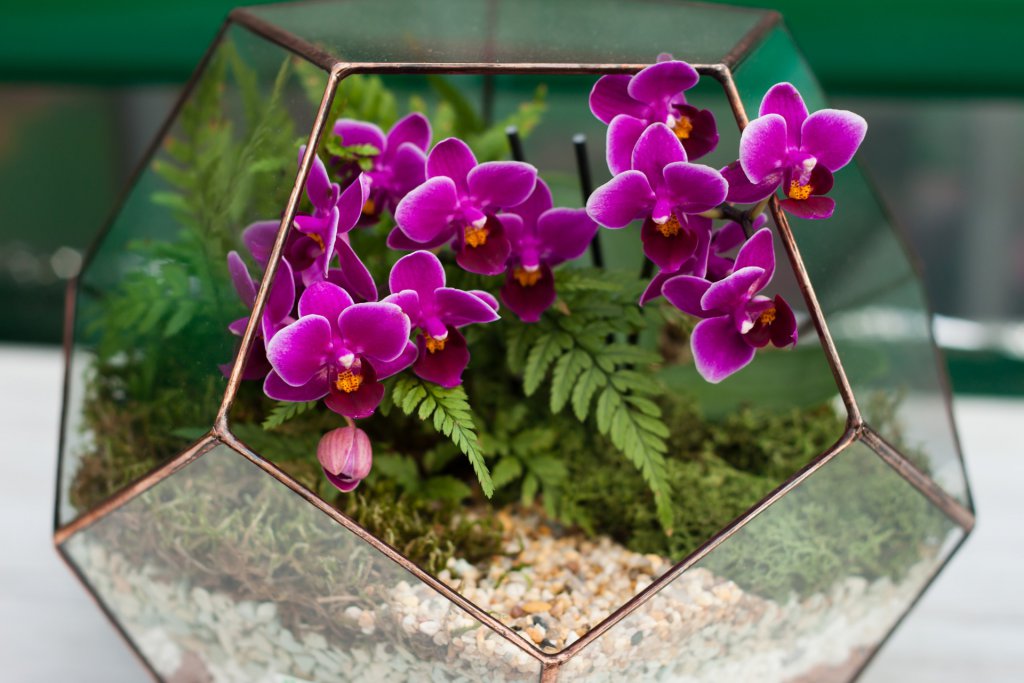
Finally, a fantastic way to display your mini orchids is in a terrarium, that is, in an enclosed glass casing.
Terrariums are not only elegant and unique, but they are also perfect for ensuring your mini orchids are getting ideal light and moisture conditions. Terrariums filter some of the light so that your orchids don’t get burnt. They also keep the moisture in for more consistent levels that help them grow as best as they can.
You can read more at Pumpkin Beth about the best types of mini orchids to plant in a terrarium.
Whether you choose a regular pot, a multiple-flower arrangement, or a terrarium, make sure your display highlights the unique beauty of those lovely little flowers!

